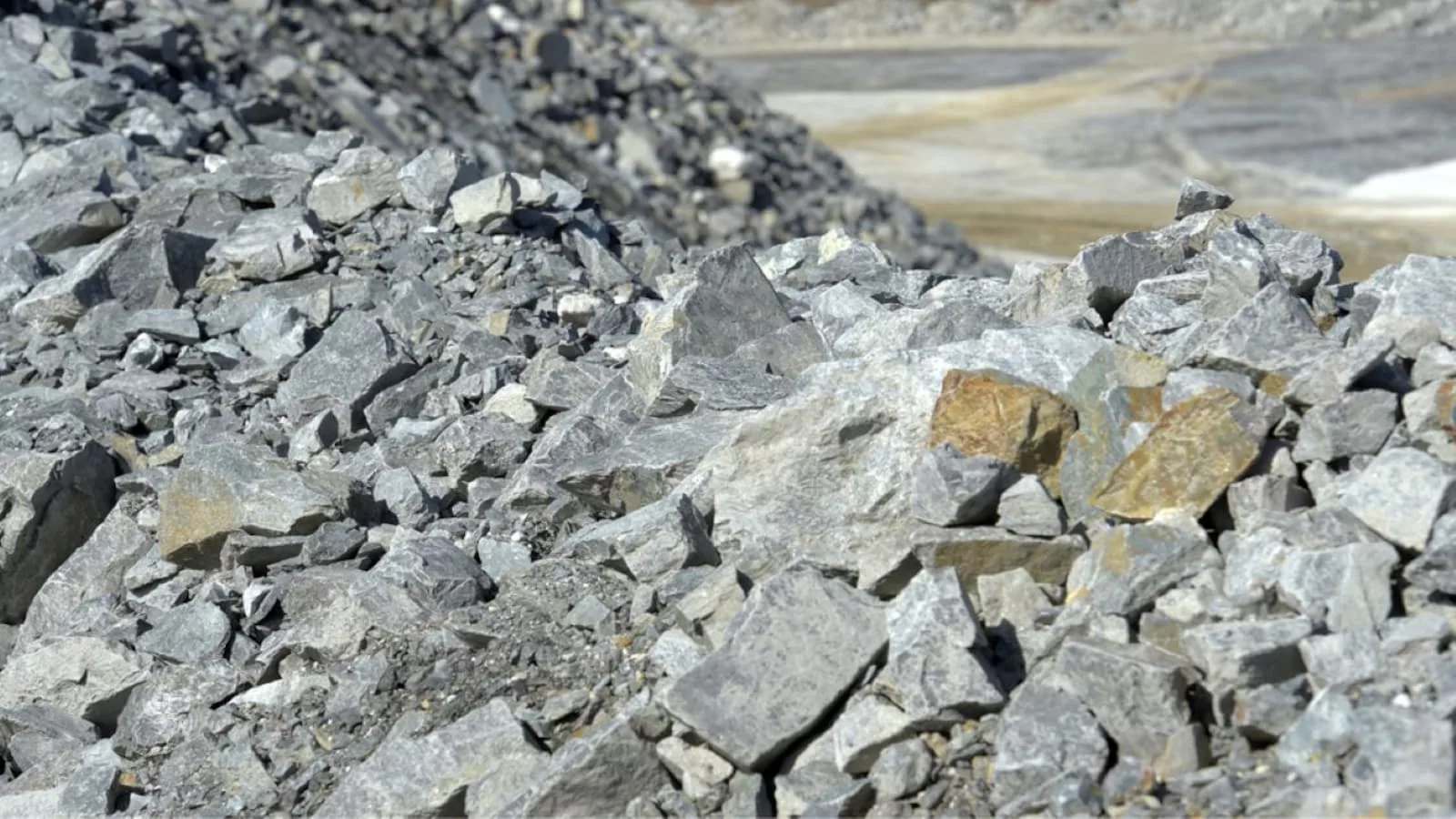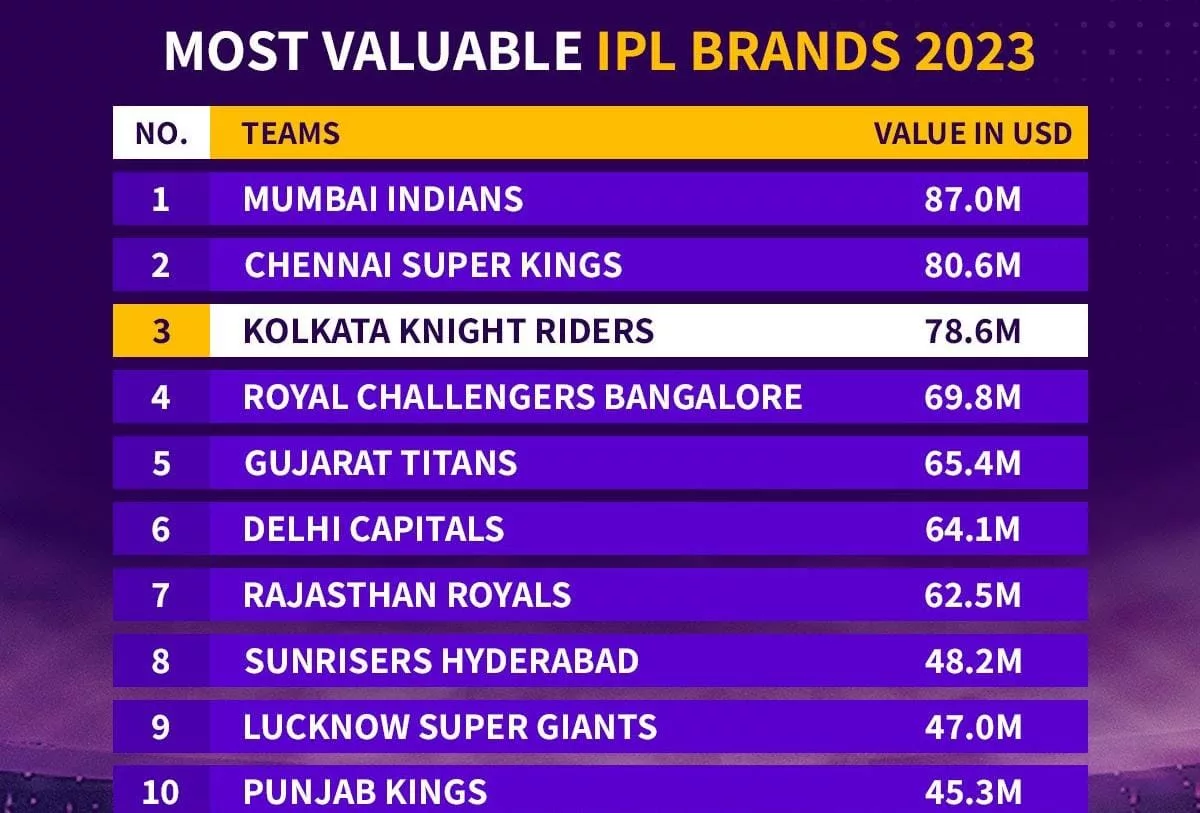Top 10 Countries with the Most Lithium Reserves: Everything You Need to Know
Lithium has emerged as a critical element for the 21st century, playing a pivotal role in the transition to green energy owing to its extensive use in rechargeable batteries. As the world becomes more reliant on lithium-ion technology, the countries with the largest reserves are in a prime position in the global energy landscape.
Here’s a comprehensive rundown of the top 10 countries with the most substantial lithium reserves and their significance in shaping the future of clean energy:
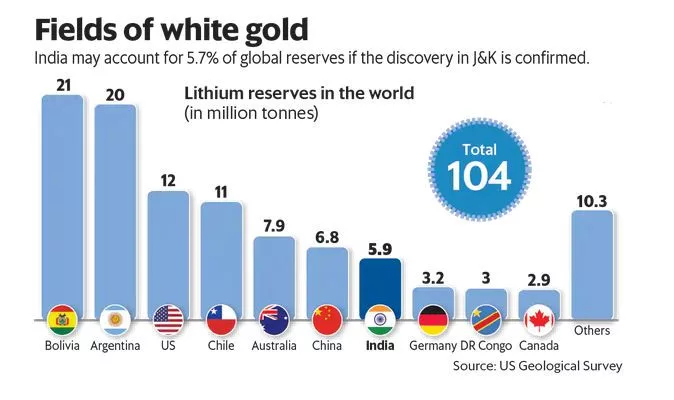
Top 10 Countries with the Most Lithium Reserves in the World:
1. Bolivia: The Lithium Heartland
Lithium Reserves Quantity: 21 million tons
Bolivia, a global lithium hotspot, boasts the world’s largest known reserves, chiefly centred around the Uyuni Salt Flat. The country’s ambitious lithium extraction plans have drawn attention to their potential to reshape the economy and geopolitical dynamics. Despite facing technological and financial constraints, Bolivia’s reserves remain crucial in the global lithium market.
2. Argentina: A Pillar of the Lithium Triangle
Lithium Reserves Quantity: 20 million tons
Argentina forms one-third of the famed “Lithium Triangle,” containing significant portions of the world’s lithium reserves. The country’s commitment to lithium production has made it a key player, with projects continually gaining traction. Arguably, the nation’s resources are pivotal in maintaining global lithium supply stability.
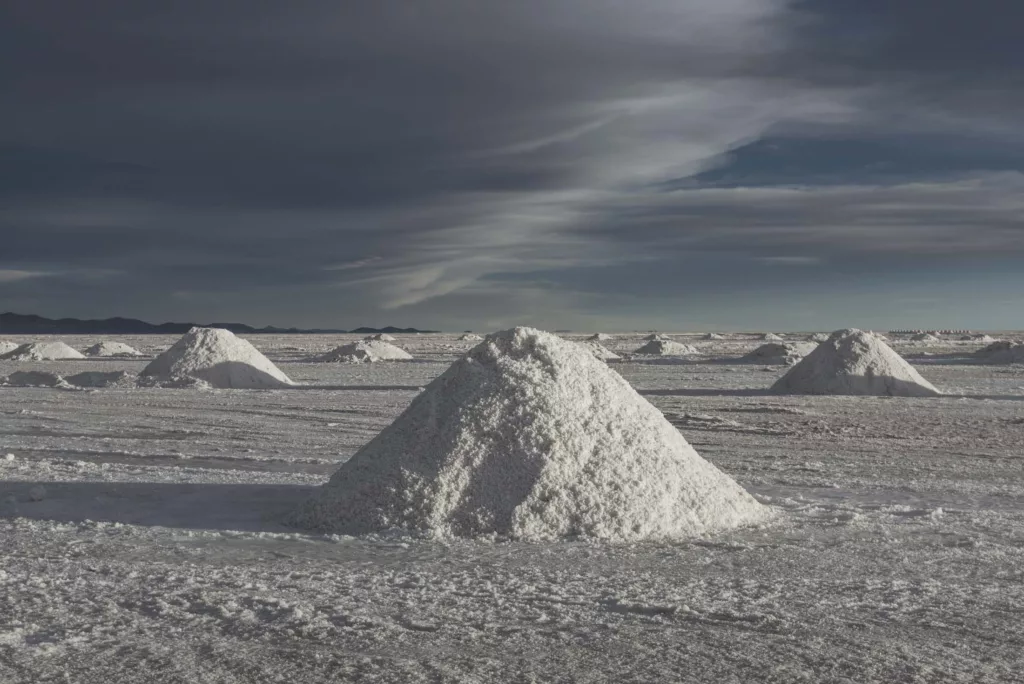
3. Chile: The Global Lithium Leader
Lithium Reserves Quantity: 11 million tons
Chile holds one of the most substantial lithium reserves globally, primarily concentrated in the Salar de Atacama. It is the world’s second-largest producer of lithium, with a focus on sustainable extraction practices. As the demand for lithium escalates, Chile’s standing in the lithium market is poised to strengthen further.
4. Australia: The Sizable Down Under
Lithium Reserves Quantity: 7.9 million tons
Australia’s vast lithium reserves have become a key asset in the country’s economy. With significant mining operations and ongoing exploration initiatives, Australia is cultivating a robust lithium industry. Its geographic advantage, coupled with proactive government policies, positions Australia as a significant global lithium supplier.
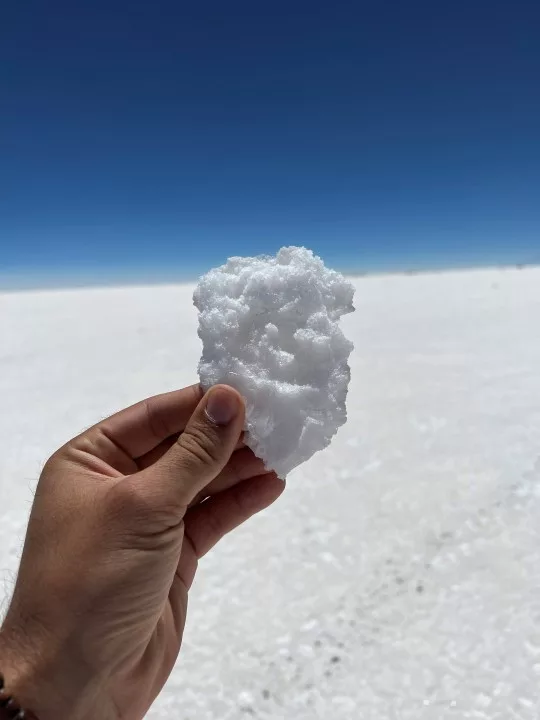
5. China: A Lithium Vanguard
Lithium Reserves Quantity: 6.8 million tons
China, the largest consumer of lithium, is also a significant reserve holder. The country has been heavily investing in international lithium projects to secure a supply that matches its growing demand. China’s strategic vision to dominate the clean energy sector makes its lithium reserves a critical asset in achieving this goal.
6. Germany: A Powerhouse in Influence
Lithium Reserves Quantity: 3.2 million tons
While Germany might not be a traditional leader in lithium reserves, it is at the forefront of battery technology and the electric vehicle revolution. As the home of several automotive giants, its lithium reserves, albeit modest, are pivotal in reinforcing its position as a leader in manufacturing battery cells for electric vehicles.
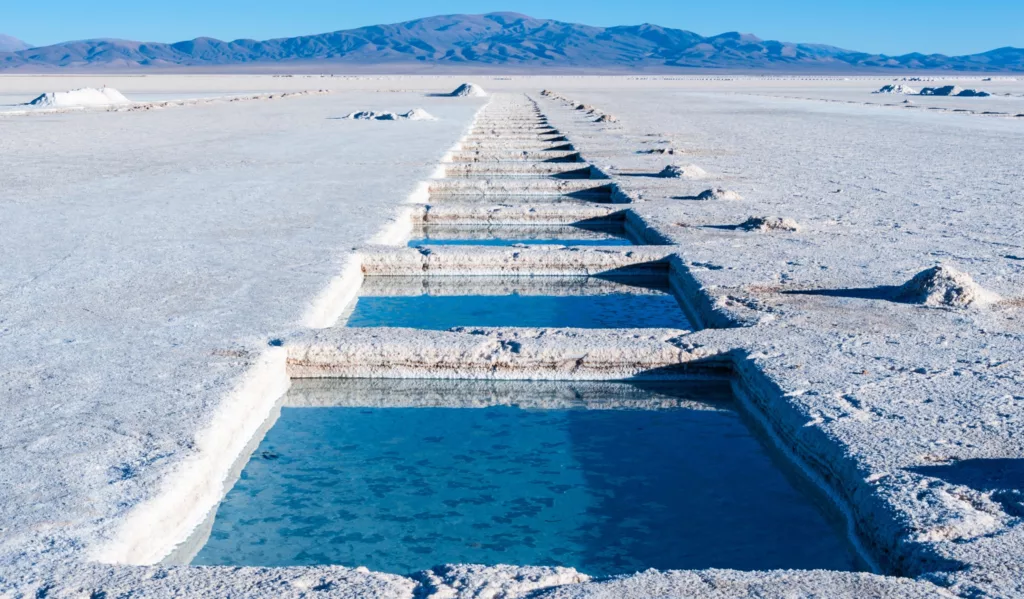
7. Congo (Kinshasa): The Cobalt and Lithium Connection
Lithium Reserves Quantity: 3 million tons
The Democratic Republic of the Congo is synonymous with cobalt, but it also boasts significant lithium potential. With ongoing efforts to tap into its lithium reserves, Congo aims to leverage cobalt and lithium to establish a more diversified and value-added mineral industry.
8. Canada: Scaling up in Green Energy
Lithium Reserves Quantity: 2.9 million tons
Canada’s lithium deposits, particularly in Quebec, have gained prominence with the rise in electric vehicle manufacturing. The country focuses on sustainable extraction methods, including partnering with indigenous communities. Canadian lithium is an integral part of the North American strategy to reduce dependence on foreign sources.
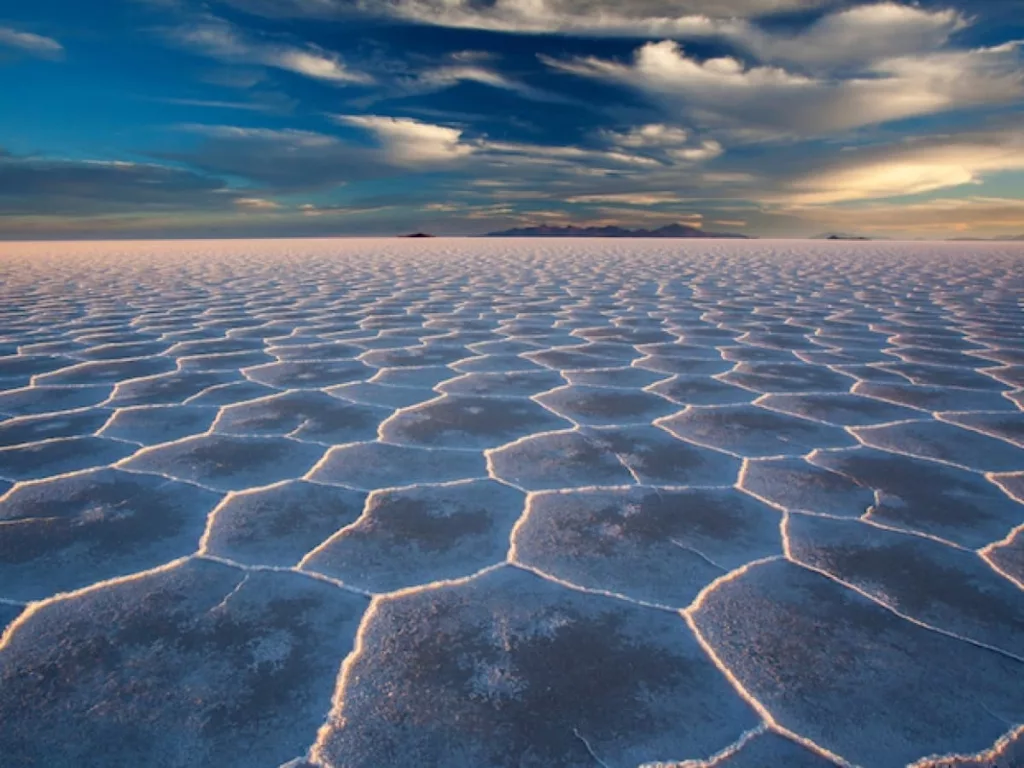
9. Mexico: The Underestimated Resource
Lithium Reserves Quantity: 1.7 million tons
Mexico’s lithium reserves, although smaller than some of its neighbours, are increasingly recognized for their economic potential and critical role in the shift towards green technologies. The country’s initiatives in lithium exploration and sustainable extraction are building a foundation for a robust lithium industry.
10. Czechia: The European Anchor
Lithium Reserves Quantity: 1.3 million tons
Czechia’s lithium reserves might be modest compared to some other nations, but they are a significant asset in the context of European self-sufficiency for the battery industry. The country’s commitment to developing a strong lithium extraction and processing sector aligns with the EU’s objectives for a sustainable and competitive battery ecosystem.
Conclusion: Energizing the Lithium Market
These are the Top 10 Countries with the Most Lithium Reserves in the World, which collectively hold the key to a sustainable and energy-efficient future. As the demand for lithium continues to surge, understanding the geoeconomic dynamics of these reserve-heavy nations is imperative for shaping global energy strategies.
With the race for green energy dominance heating up, these countries are not only vying for market share but also influencing technological innovation and sustainability practices in lithium extraction. The concerted efforts of these nations will play a crucial role in addressing environmental concerns while meeting the skyrocketing demand for lithium, ensuring a charged-up future for generations to come.
FAQs
Which countries have the most lithium reserves?
Lithium is a vital element for electric car batteries and other clean energy technologies. Here are the top 10 countries boasting the largest lithium reserves, according to various sources including the US Geological Survey:
Bolivia (Estimated Reserves: 21 Million Tonnes)
Argentina (Estimated Reserves: 17 Million Tonnes)
United States (Estimated Reserves: 6.8 Million Tonnes)
Chile (Estimated Reserves: 9 Million Tonnes)
Australia (Estimated Reserves: 6.3 Million Tonnes)
China (Estimated Reserves: 4.5 Million Tonnes)
Canada (Estimated Reserves: 930,000 Tonnes)
Brazil (Estimated Reserves: 390,000 Tonnes)
Portugal (Estimated Reserves: 60,000 Tonnes)
Germany (Estimated Reserves: 320,000 Tonnes)
It’s important to note that reserve estimates can vary depending on the source and methodology used.
What is lithium used for?
Lithium is a lightweight metal with various industrial applications. Here are some of the most important ones:
Electric vehicle batteries: Lithium-ion batteries are the dominant battery technology for electric vehicles due to their high energy density and long lifespans.
Consumer electronics: Lithium batteries are also widely used in laptops, smartphones, tablets, and other portable devices.
Energy storage: Large-scale lithium-ion battery systems are increasingly used for grid energy storage, helping to integrate renewable energy sources like solar and wind power.
Glass and ceramics: Lithium compounds are used in the production of some types of glass and ceramics.
Pharmaceuticals: Lithium is also used in some medications, such as mood stabilizers for bipolar disorder.

